Sites Reservoir in Northern California Is 20th-Century Idea Trying to Fit the 21st
New water storage project would be largest in California since 1979.
By Keith Schneider
Circle of Blue
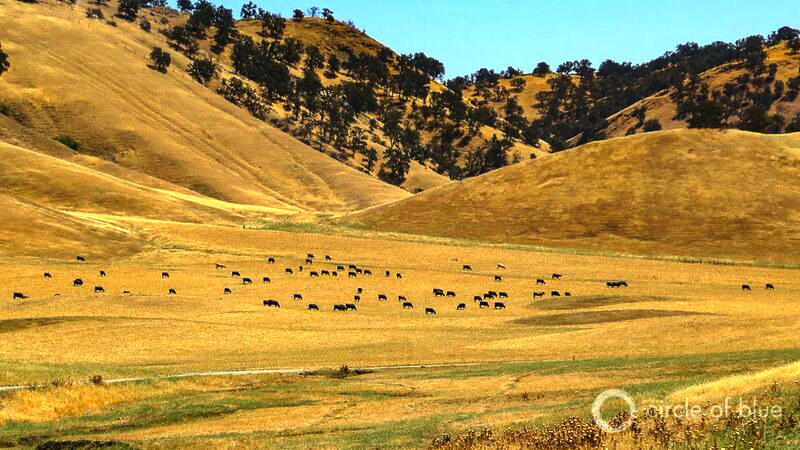
MAXWELL, Ca. – The New Melones Dam and reservoir, which floods a 42-kilometer (26-mile) stretch of the Stanislaus River in the Sierra foothills near Yosemite National Park, is the last mammoth dam and water storage project built in California by the state or federal government.
Authorized by the U.S. Congress in 1944 and not finished until 1979, the 35-year story of the dam’s progress from idea to completion included resolving several engineering impediments and answering years of formidable public resistance. The construction of the 191-meter high dam (625 feet), one of the tallest in the nation, also was a measure of how long it takes the state, the federal government, and citizens to work through the various issues and actually turn a California valley into a manmade lake.
There is one more element that bears mention. Almost 40 years after it began operation, California’s four-year drought has turned the state’s fourth largest reservoir, capable of storing 2.4 million acre-feet of water, into a shallow brown pool that holds 343,000 acre-feet, less than 15 percent of its capacity.
Summed up, the New Melones storage project encompasses the idealism of mid-20th-century leaders intent on providing water for California’s massive and productive farm sector, the passions of late 20th-century activists determined to prevent the filling of a big reservoir and preserve a scenic stretch of a wild river, and the ecological realities of a new hydrological era that is miserly in producing water.
A Plan To Fill A Beautiful Valley
Whether any of these lessons are relevant now and over the next few years of decision-making about water supply is about to be tested in what looks to be California’s next consequential consideration of a formidable water storage project. On the table in Sacramento, the state capital, is a proposal to fill a Front Range valley east of this dust-blown northern California town with enough water to make it the state’s fifth largest reservoir. The Sites Reservoir is at the very top of the list of storage plans eligible for $US 2.7 billion in water project construction bond funds approved overwhelmingly last year by the California Legislature and state voters.
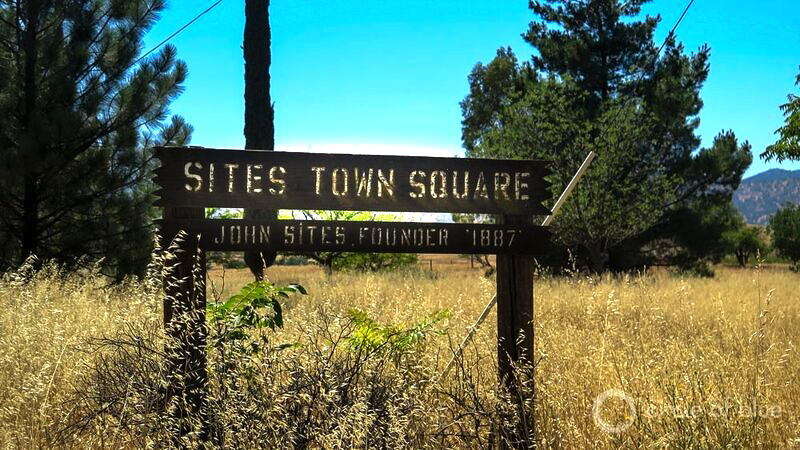
The deep, 5,700-hectare lake (14,000 acres) would inundate a magnificent Colusa County basin of grasslands surrounded by rolling hills that was settled in the late 19th century and is populated by thousands of grazing cattle and a scant number of landowners. Residents of this region, including the largest landowner in the Sites Valley, overwhelmingly support the water storage proposal. Farmers and business leaders assert that the project, capable of holding 1.8 million acre-feet of water, would keep irrigated farms in business, establish a new recreation area and the economic activity that would accompany it, and help ensure the survival of endangered salmon runs in the nearby Sacramento River.
“People here like the idea. They like it a lot,” Nadine Bailey, chief operations officer of the Family Water Alliance, a 24-year-old farm advocacy group based in this town of 1,100 residents, told Circle of Blue. “It will augment the existing water storage projects here. It will also enable us to capture and store water from storms, which is a big help in times of drought, like the one we’re in now.”
State officials are equally enthusiastic.
“Sites is a very good project from what we see,” said James Wieking, the supervising engineer in charge of the Sites project at the state Department of Water Resources, in an interview with Circle of Blue. “It’s going to be very competitive for bond funds.”
But the Sites Reservoir also represents an idea from the big and very expensive water supply and distribution planning of the mid-20th century. Sites Valley was identified as a potential reservoir location soon after Lake Shasta, the state’s largest reservoir, began to fill in the mid-1940s. Opponents argue that at an estimated cost of nearly $US 4 billion, the Sites project is no longer nearly as relevant or as effective for assuring a stable water supply as cheaper and less land-consuming 21st-century ideas, such as recharging aquifers, changing cropping patterns, developing many more wastewater-to-irrigation recycling projects, and applying water to crops more efficiently.
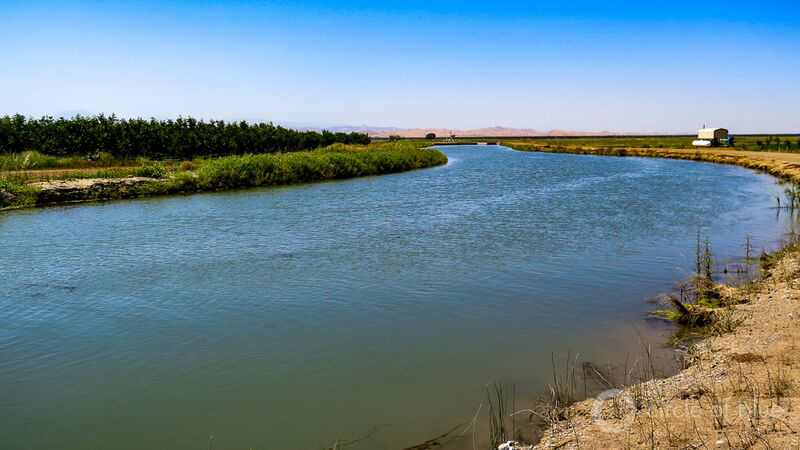
“The four-year drought tells us California is in a new hydrological cycle,” Ron Stork, a senior policy specialist for Friends of the River, an environmental group in Sacramento, told Circle of Blue. “You can build all the reservoirs you want, but there’s no guarantee they will fill with water. The people who support the Sites project think they can still dam their way to paradise. That’s no longer possible.”
Water Supply Ideas in Conflict
To a large extent, the Sites Reservoir is emblematic of differing ideological views about water supply, agriculture, and the usefulness of big centralized or smaller decentralized community and regional water infrastructure construction projects. After years of discussion, California’s Legislature and voters in 2014 approved a $US 7.5 billion water bond that displayed the best water supply ideas culled from two centuries of experience.
From the 21st century, the bond proposal’s authors promoted water conservation, capturing and recycling stormwater and wastewater, safeguarding and cleaning up polluted groundwater, and providing drinking and wastewater infrastructure for disadvantaged communities. The bond’s authors also focused on restoring streams, providing water for refuges and habitat, and managing water supplies across watersheds. All of these ideas expressed the view that the era of bountiful water in California is over and more careful deployment of available supplies and natural systems is in order.
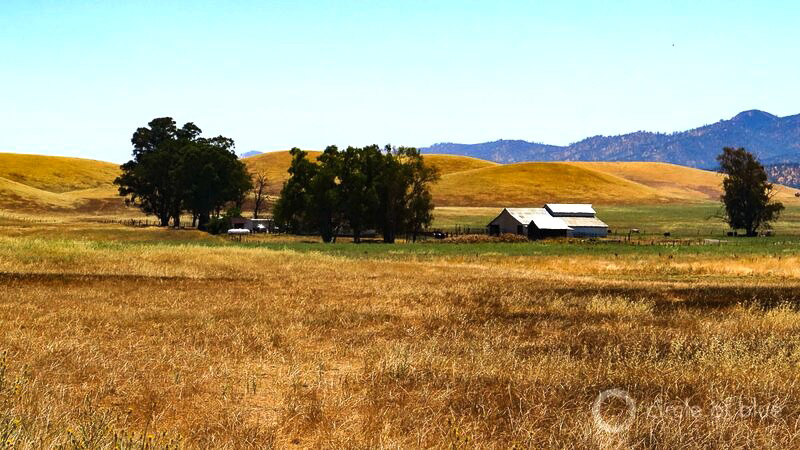
But the largest single investment identified in the bond came straight from the mid-20th century: the $US 2.7 billion reserved for public benefits associated with more water storage. That provision was included to satisfy conservative lawmakers and their constituents in the farm community convinced that the solution to California’s water woes is a big new storage reservoir, expansion of an existing reservoir, or projects to recharge some of the state’s depleted aquifers.
All of the ideas, though, are fraught with 21st-century budget limitations, transactional challenges, and ecological uncertainty. Ajay Goyal, chief of the Statewide Infrastructure Investigations Branch of the Department of Water Resources, explained that recharging depleted aquifers, for instance, involves transporting sufficient supplies of fresh water to one of the open expanses of land identified for recharge by the state and allowing the water to slowly seep into aquifers.
“Here’s the problem,” said Goyal. “Where do we find the surface water to do that?”
A second impediment is how the state will disperse funds for water supply projects. The water bond will pay no more than half of a project’s full budget. The balance must come from other sources. Of the state’s portion, all must be devoted to “public benefits” such as improved water quality, habitat restoration, and in the case of Sites Reservoir, providing water to assist in restoring the endangered Sacramento River salmon runs.
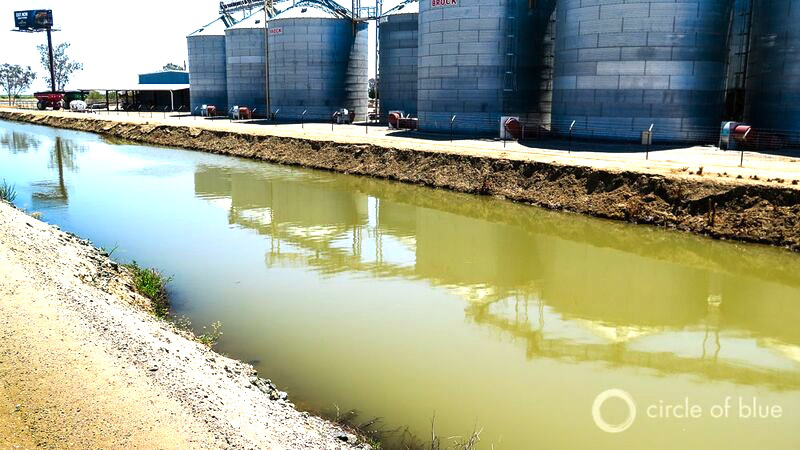
Sites Reservoir Could Make Sense
California water managers have been continuously evaluating potential water storage sites for decades. As the water bond proposal gained political momentum, five projects elevated to the head of the priority list, though four had big problems:
- Raising the dam at Shasta Lake, near the Oregon border, would illegally back up water in a state wild and scenic river.
- Raising the dam to add storage capacity at Los Vaqueros Reservoir, east of Oakland, would cost over $US1 billion and was superfluous. The dam was just raised in 2012.
- Spending an estimated $US 360 million to expand San Luis Reservoir, east of Fresno, would only yield 7,000 acre-feet of new water in dry years, a pittance.
- A fourth proposal to invest $US 2.5 billion to build a new Temperance Flat Dam and reservoir on the upper San Joaquin River would only add 30,000-acre feet of new water supply in a dry year and invite a pitched battle with conservationists over protecting a free-flowing stretch of the river.
That leaves the $US 4 billion Sites Reservoir as a top contender for the maximum $US 2.7 billion award in state water storage bond funds. The balance would need to be provided by the federal government or users of the water. The California Water Commission is charged with reviewing applications and making award decisions, which will not come until December 2016 at the earliest.
Aside from its considerable cost, which is virtually certain to escalate as the years pass, the Sites Reservoir proposal has several strong features that could prompt its construction. One is that almost nobody lives in the valley. Shifting land ownership from private hands to the state involves moving just a handful of residents. It is a far cry from building dams and reservoirs in China or India, which typically involves pushing tens of thousands of people off their land.
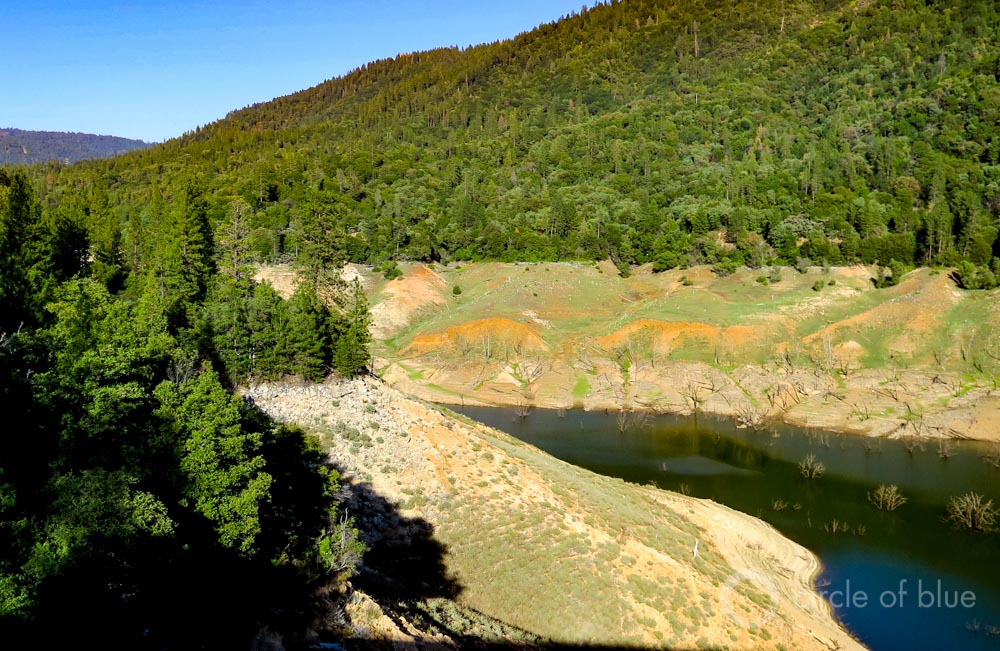
Second is that the reservoir, formed by two major dams and seven to nine smaller shoulder dams, is estimated to provide 500,000 to 600,000 acre-feet of water during dry years. That is enough to help keep water fresh in the Sacramento-San Joaquin Delta, the state’s great irrigation water supply mixing zone, and to keep cold water in storage in Lake Shasta for the Sacramento River salmon runs. The reservoir would fill by pumping water from the Sacramento River during the winter and spring, when there are high flows from streams and tributaries below Shasta Dam.
Whether or not the Sites Reservoir is approved, it will be no help at all for a long time. Planning, design, and environmental reviews will take two to three years. Construction is anticipated to take at least five years and could last a decade, say state authorities.
.
Circle of Blue’s senior editor and chief correspondent based in Traverse City, Michigan. He has reported on the contest for energy, food, and water in the era of climate change from six continents. Contact
Keith Schneider
Leave a Reply
Want to join the discussion?Feel free to contribute!
Leave a Reply

 Texas Fund Turns Oil Dollars into Water Investments
Texas Fund Turns Oil Dollars into Water Investments





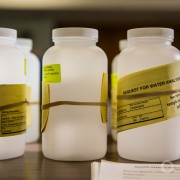


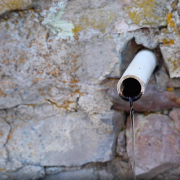

Why would you want to grow rice in a climate like California? Rice uses huge amounts of water. Politicians are fools and have sat back for over 40 years and did nothing to secure a reliable water source and only relied on a snow pack. During heavy rains more than 90% of the water in Southern California flows into the ocean. Just a few years ago it was predicted a La Nina year and we had above normal
amounts of rainfall. The only thing I get out be it climate change or whatever is that nobody knows what the h-ll is going on!
Agree with Gerry about the SoCal water situation. There are few dams or storage facilities for the large amounts of runoff that flow into the ocean from Los Angeles and the rest of Southern California They should work on that before they do Sites. The other thing is that we need to increase the infrastructure for recharging groundwater. We have been draining about 15 cubic km each year from underground water supplies. Much better to put it their instead of reservoirs where it can all evaporate.
One of the few seemingly even handed discussions I’ve seen. We need solutions and less finger pointing. Citizens, farmers politicians and environmentalists need to come together and ALL learn to change, be proactive and sacrifice a bit.
First off, half of all water that falls on California, which is trillions of gallons flows out to sea. With that being said, Sites Ranch Valley is a perfect site for a high capacity “off flow” reservoir. All creeks that flow through the valley in Winter are seasonal and dry up by mid Summer. The canal that flows off of the Sacramento River, which would be used to fill the reservoir, is already in place. The valley is a long dry natural bowl and not a “Wild and Scenic” canyon. As far as their being 1100 people in Sites, I’m pretty sure there are less than 10 houses in the town and maybe 15 in the entire valley. Environmentalists are and will keep trying to stop this and all other State and Federal storage projects here in California. They’ve successfully done this over the last 36 years, a timeframe in which the State’s population has more than doubled.. We need to reasonably capture more of the wasted water that flows out to the Pacific and Sites is a good bang for the buck solution.
The article on Sites Reservoir is factually incorrect. New Melones is not the last large dam and reservoir built in California. Diamond Valley Lake water built by Metropolitan. It came online in 1999. It is 800,000 acre-feet in size and has two main earthen dams.
Two issues to be addressed re: Sites. #1 this is not a deep valley, but a large shallow bowl that will have significant evaporation leading to concentrations of whatever has been dissolved in the water. #2 the coast range has the same geology that lead to Kesterson, naturally occurring salts and metals. There is a reason why communities in these foothills had names like Chrome and Cinnabar.
Building the Sites reservoir absolutely makes zero sense. Why would you build something that’s going to cost billions/millions of dollars when you can add onto Shasta and not take away peoples homes and their ranches? Why not choose the easier route? Why not? I mean all Brown wants is a lake in his back yard for his getaway cabin. Stupid. Sites is one of the best areas for ranching. But I’m not getting into that. It’s stupid that people want to spend all this money that we don’t have to make something completely useless. Just add onto Shasta and save money!